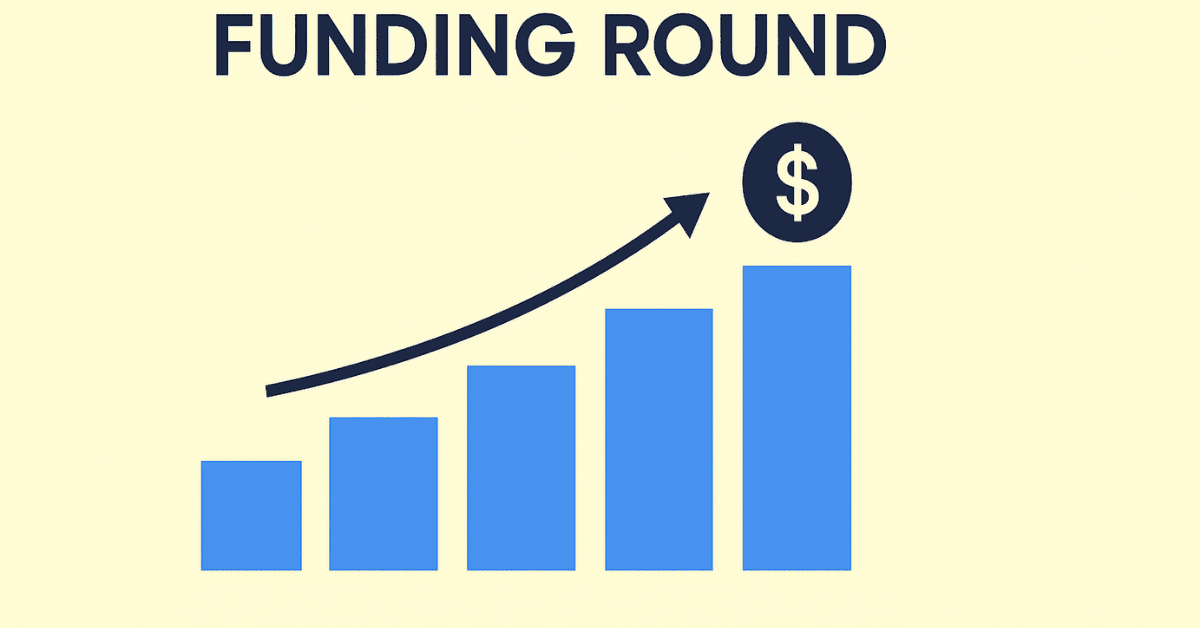
Overview Of Startup Funding Rounds In Web3
1. What Is a Funding Round?
A funding round is a stage where startups raise money from investors to build products, expand markets, or scale operations. These rounds provide financial resources at different growth stages.
2. Common Funding Stages
2.1. Pre-seed
This is the very early stage when the startup may only have an idea or a prototype. Funding usually comes from founders, friends, family, or small accelerators.
2.2. Seed
The first official funding round. It’s used to finalize the product, test the market, and reach early users. Investors are typically angel investors or early-stage venture capital firms.
2.3. Series A
Targeted at startups with stable user growth or early revenue. The funds help scale operations, hire key staff, and increase market reach. Large VC firms are often involved.
2.4. Series B, C, D...
Later-stage rounds that provide capital to expand into new markets, enhance products, or prepare for IPOs or mergers.
2.5. Strategic Round
A long-term investment round where investors offer more than capital—such as tech support, business expertise, or access to new markets.
3. Crypto-Specific Fundraising Models
- Public Sale: Raising funds through public token offerings like ICOs, IEOs, or Launchpads.
- SAFT: A contract promising future token delivery, often used to manage legal and regulatory risk.
4. Challenges and Risks
-
Too many small rounds can lead to equity dilution.
-
Misunderstanding the goals of different stages (e.g., Pre-seed vs Seed).
-
In bearish markets, investors tend to be more cautious, making it harder to raise funds.
5. Key Related Terms
-
Valuation: The company’s estimated worth, which affects the equity given to investors.
-
Lead Investor: The main investor who leads and negotiates the funding round.
-
Follow Investor: Participates alongside the lead but plays a secondary role.
-
Bootstrapping: Funding a startup using personal savings.
-
M&A: Mergers and acquisitions, often occurring after major funding rounds.